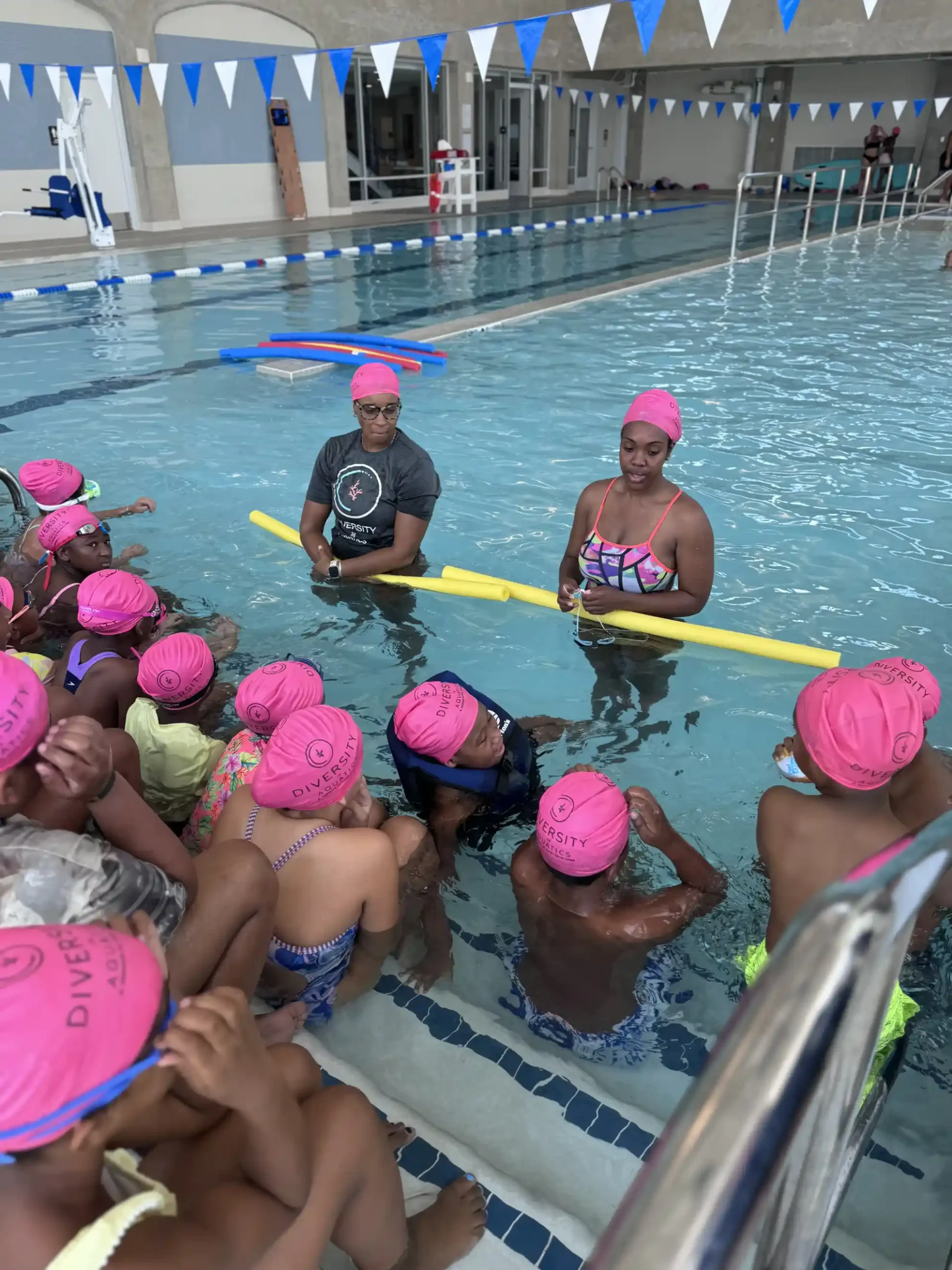Essential Water Safety Tips for New Parents, Guardians, and Caregivers
Water safety is a critical concern for all parents, guardians, and caregivers. For infants and toddlers, the risks are even greater—drowning is one of the leading causes of unintentional injury-related death in young children. This guide is designed to equip you with the knowledge, tools, and practical steps needed to safeguard your child in and around water.
Whether you're preparing your home, exploring aquatic activities, or educating others, your vigilance can make all the difference. Let’s work together to build a culture of safety from the very beginning.
Protecting Infants and Young Children from Drowning Risks
**Never leave young children unattended near water—**not for a second. Drowning can happen quickly and silently, often in less than two inches of water.
High-risk areas include:
Key safety practices:
This non-negotiable practice is the most effective way to prevent tragedy. Constant, active supervision saves lives.
A water-safe home begins with childproofing measures that eliminate hidden dangers. Infants are naturally curious and quick-moving—every precaution matters.
Safety steps for your home:
These proactive steps significantly reduce the risk of accidents and create a safer everyday environment for your little one.
Helping infants and toddlers become familiar with water is a valuable part of their development—but it must be done safely.
Best practices for early water introduction:
Early exposure, combined with close supervision, fosters a healthy respect for water and prepares children for lifelong water safety.
Infants face different risks depending on the water setting. Recognizing these dangers allows caregivers to manage them effectively.
Common water environments and risks:
Mitigation strategies:
Being proactive in every water environment keeps infants safer across all situations.
Water safety starts at home—and it starts with you. Through constant supervision, safe practices, and early education, you can give your child the gift of safe water experiences.
By making water safety a daily priority and advocating for equitable swimming access in all communities, we can ensure every child has the tools they need to thrive in and around water. Together, let’s build a future where water safety is second nature.
You can introduce infants to water as early as 6 months with water orientation classes. Formal swim lessons are often recommended around age 1.
Choose a U.S. Coast Guard-approved life jacket that fits snugly and is rated for your child’s weight. Avoid inflatable floaties or water wings for infants.
Yes. Infants can drown in as little as one inch of water. Never leave a child alone in the bathtub, even briefly.
Ensure fencing is at least 4 feet high with self-closing, self-latching gates. Use compliant drain covers and consider installing pool alarms.
No. Bath seats can tip over and give a false sense of security. They are not substitutes for supervision.
Pull them out immediately and assess their breathing. If unresponsive, call 911 and begin CPR. Always seek medical help after any submersion.
Look for quiet struggling, gasping, head low in the water, or attempts to climb an invisible ladder. Drowning is often silent and quick.
Generally, no. Natural bodies like lakes or rivers present unpredictable conditions. Avoid with infants unless properly equipped and closely supervised.
Lessons help, but supervision is still critical. Lessons teach survival skills and confidence, but they don’t replace caregiver vigilance.
Support community swimming programs, advocate for inclusive access, and educate other caregivers about water safety best practices.
